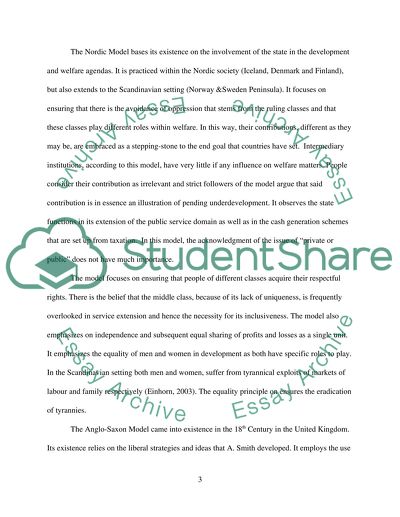Cite this document
(“Examine and compare two global welfare models and their impact on a Essay”, n.d.)
Examine and compare two global welfare models and their impact on a Essay. Retrieved from https://studentshare.org/sociology/1673769-examine-and-compare-two-global-welfare-models-and-their-impact-on-a-selected-social-policy-issue-drawing-on-theory-and-research-in-your-discussion
Examine and compare two global welfare models and their impact on a Essay. Retrieved from https://studentshare.org/sociology/1673769-examine-and-compare-two-global-welfare-models-and-their-impact-on-a-selected-social-policy-issue-drawing-on-theory-and-research-in-your-discussion
(Examine and Compare Two Global Welfare Models and Their Impact on a Essay)
Examine and Compare Two Global Welfare Models and Their Impact on a Essay. https://studentshare.org/sociology/1673769-examine-and-compare-two-global-welfare-models-and-their-impact-on-a-selected-social-policy-issue-drawing-on-theory-and-research-in-your-discussion.
Examine and Compare Two Global Welfare Models and Their Impact on a Essay. https://studentshare.org/sociology/1673769-examine-and-compare-two-global-welfare-models-and-their-impact-on-a-selected-social-policy-issue-drawing-on-theory-and-research-in-your-discussion.
“Examine and Compare Two Global Welfare Models and Their Impact on a Essay”, n.d. https://studentshare.org/sociology/1673769-examine-and-compare-two-global-welfare-models-and-their-impact-on-a-selected-social-policy-issue-drawing-on-theory-and-research-in-your-discussion.


